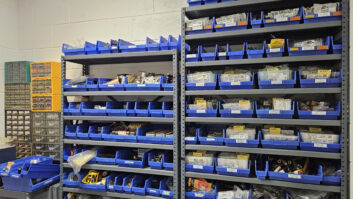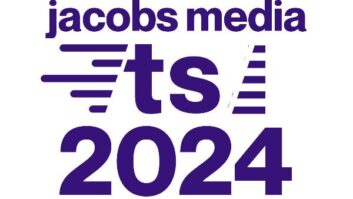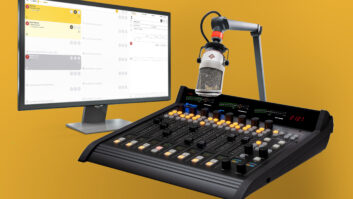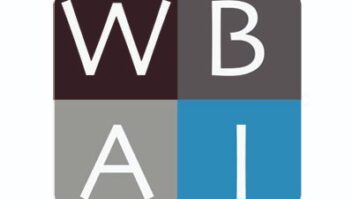When I started in this business some 43 years ago, I had a lot to learn. I still do.
In the course of those years, I have been privileged to learn from some of the very best. Some great engineers who saw something in me and made investments in my training.
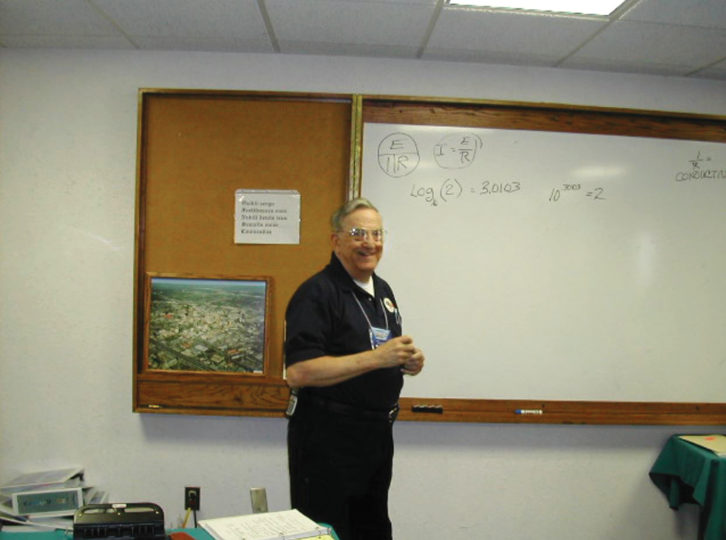
I had soaked up the book learning in school, and could explain with some authority how various circuits and systems worked. I had the FCC First Class Radiotelephone Operator License hanging on the wall to prove I knew something, or at least that I could pass a couple of really grueling written tests.
What I didn’t know was what it meant to be a broadcast engineer. That I had to learn the hard way, with the help of some great teachers.
BASIC PRINCIPLES
As I sat down to write this and started thinking through the list, I was initially hesitant to mention names for fear that I would inadvertently leave someone out, but those I can recall deserve some acknowledgement of my gratitude. The rest will, I hope, forgive me.
Pat Gilbreath was chief engineer of KFDA(TV) in Amarillo, Texas, in the mid-1970s, and he took a chance on hiring me. It was from him that I learned how to troubleshoot and repair equipment in a practical way, which was different in many ways from what I learned in school. I learned to do it efficiently and do it right, and I’ve carried that knowledge with me through the years. Technology has changed in dramatic ways, but the basic principles Pat taught me have not.
Gary Hess was my boss at SJR Communications in the early 1980s. He taught me how to do FM allocations work, which laid a foundation for a lot of that kind of work and a business venture later on.
Ed Lorentz was the first P.E. with whom I worked, and he taught me a lot about antennas, both FM and AM, and propagation. When Ed retired, his partner Charlie Gallagher took over where he left off. Charlie was a patient teacher and taught me and a lot of other youngsters about math, AM antennas, networks, phasing and coupling systems, and the practical aspects of AM antennas.
At an NAB convention in Dallas in the mid-1980s (which was, if I recall correctly, the last NAB convention held in that city), Charlie introduced me to a bearded young man named John Furr. John was another Charlie Gallagher protégé, and we hit it off right away, becoming friends and later business partners.
Along the way in subsequent years, I met and have been encouraged and taught by Ben Dawson. There is none better in our business, and I value Ben’s friendship to this day.
And somewhere else along the way, I met Ron Rackley, who passed away this spring and whose name is synonymous with excellence in AM antenna systems.
COMFORTING PRESENCE
I can’t remember the year, but somewhere in the early 1990s, the NAB asked me to write and deliver a white paper on broadbanding AM antenna systems at the spring convention. I had at that point not done anything like that, so I was more than a little nervous as I took the podium.
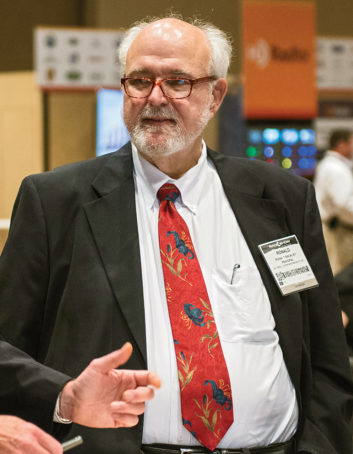
The room was full of people I recognized and people I didn’t. My boss Don Crawford and his son Don Crawford Jr. were there, as were a lot of other high-profile folks from our industry. But it was the gentleman sitting near the front on the left side whom I was focused on. That’s right, Ron Rackley.
As I climbed the stairs to the platform and saw Ron sitting there, I almost made a 180 and left. After all, he had forgotten more about AM broadbanding than I would ever know. To say that I was intimidated would be a huge understatement!
Mouth dry as the Nevada desert and heart pounding in my ears, I pressed on and stumbled through the presentation … and Ron smiled and nodded encouragingly as I spoke, easing my anxiety and giving me the little boost that was just what I needed.
In the almost three decades since, I had many occasions to talk with Ron, sharing ideas and discussing concepts and rulemakings. I had the privilege of serving with him on some committees, and it was at a meeting of one such committee in 2007 that Ron said something that has stuck with me and undoubtedly the others that were there.
The meeting was one of the last for the committee dealing with a proposed new set of moment-method proof-of-performance rules being proposed by the FCC. The conference room at NAB headquarters was filled with a Who’s Who of industry people, including folks from the FCC, equipment manufacturing firms, consulting engineering firms and a few broadcast engineering execs. I was privileged to sit among them. Ron couldn’t be there in person but he was present via a phone hookup.
At some point in our discussions, Ron said something along the lines of, “We’re just a few funerals away from the industry’s knowledge of AM antenna systems disappearing forever.” I remember how quiet it got in the room as we all stared at the speakerphone in the center of the table and pondered what Ron had said. I looked around the table at all the gray heads and silently agreed with him.
He was right. And we lost a big piece of that knowledge in April.
WAKEUP CALL
As I think through the list of people I’ve mentioned, I realize that we have lost a lot in recent years. It really shook me up when my business partner John Furr passed a few years ago, leaving me to figure things out on my own. I now look at that as a wakeup call.
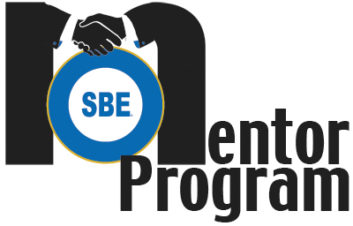
My point in this column is not to offer a melancholy remembrance of those no longer with us but to encourage engineers who are still working in this great business to unselfishly and aggressively work to pass our knowledge on to others. Ron had a heart for that kind of thing, as did John, Charlie, Ed, Gary and Pat. We would honor those who have gone before, living or not, by passing on what they taught us to those coming up behind us. I’m talking about mentoring, and that’s something that the SBE is emphasizing right now.
It’s sometimes a real challenge to find someone who has the aptitude and interest that would be a good mentee candidate. Job #1 for us is watching for and identifying those individuals. With so much of the glamour gone from broadcasting as a result of technology changes, we no longer have a queue of eager young folks just waiting to break into the business. Instead, we have to go out and find them.
I have been blessed at Crawford Broadcasting Company with a number of youngsters who have a love for this business and an eagerness to learn. My own daughter is one such person, and it has been a real joy to teach her — and an even bigger joy to watch her use with confidence what I have taught her over the 17 years of her tenure. That’s the payoff. I know other senior engineers in our company share this joy as they teach and then observe as their protégés put their knowledge into practice.
Mentoring can be done in a formal way through programs such as the SBE Mentor Program, on an informal one-to-one basis or in a combination. The important thing isn’t so much how you do it as that you do it.
If you don’t have anyone to mentor but have the willingness to do it and meet the qualifications, the SBE would be happy to have you as a mentor in its program. It’s a one-year commitment of participating in calls with your mentee every other week, something that all but the busiest of us likely can swing.
Ron was right about the industry’s knowledge being on the verge of extinction, but it isn’t just about AM antennas — it’s about almost every aspect of broadcast engineering. It’s up to us to keep it alive. Are you doing your part?
Cris Alexander, CPBE AMD DRB, is director of engineering of Crawford Broadcasting Co. and technical editor of RW Engineering Extra. Email him your thoughts and suggestions for articles to [email protected].





